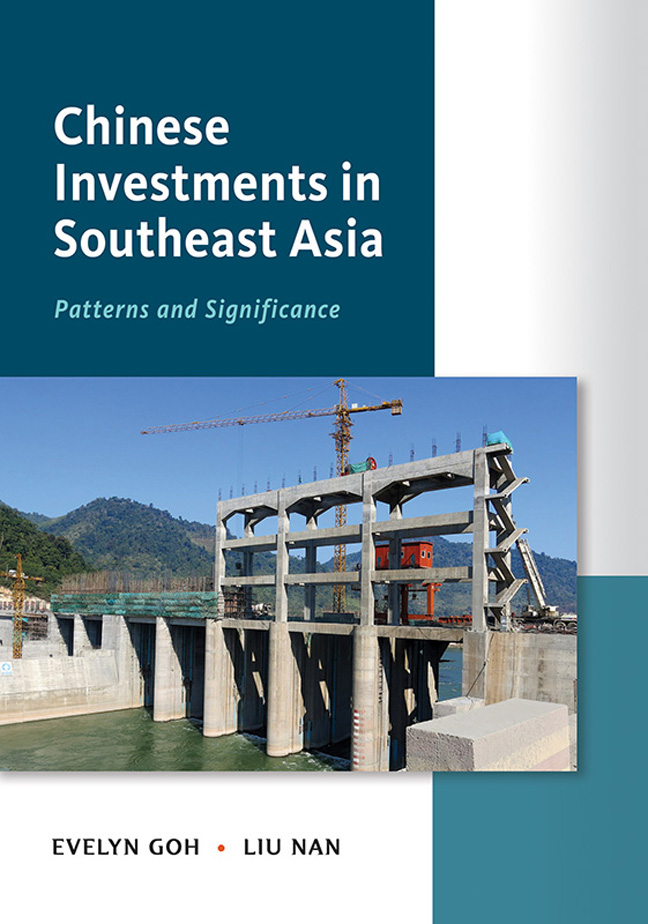Section 2 - Quantitative Report
Published online by Cambridge University Press: 26 March 2024
Summary
2.1 Overview of Chinese Investments in Southeast Asia, 2005–19
Absolute Scale
Overall, foreign investments in SEA originating from China exhibited a general upward trend between 2005 and 2019, rising approximately twentyfold during this fifteen-year period. This trend is evident across different datasets that use differing measures of foreign investments (see Figure 9). Foreign direct investment is a commonly used measure of cross-border investments that captures foreign acquisition—by both state-owned entities and private entities—of ownership of target enterprises in destination countries. Data from ASEAN’s Statistical Yearbooks show that Chinese FDI to SEA grew exponentially from just over US$500 million in 2005 to roughly US$10 billion in 2018, peaking at US$13.7 billion in 2017. A broader measure of foreign investments would take into account cross-border transactions that involve not only ownership acquisition but also service provision. The CGIT database adopts this broader measure of foreign investments to track “large” Chinese overseas investments (those that are worth at least US$100 million). According to the CGIT database, Chinese investments in SEA soared from US$1.3 billion in 2005 to nearly US$31 billion in 2019, peaking at US$33.5 billion in 2018. A closer look at the trend of Chinese investments in SEA reveals that Chinese investments in SEA experienced its first phase of rapid expansion between 2009 and 2011, right after the end of the global financial crisis, and a second phase of rapid increase between 2014 and 2017, following the official announcement of Beijing’s BRI. Indeed, the vast majority of very large (at least US$1 billion) Chinese investments came after the advent of the BRI in 2013 for all SEA countries except Vietnam and Myanmar (as indicated in red and pink on Figure 10). However, between 2018 and the time of writing (late 2021), this growth appears to be slowing down or even declining modestly.
Relative Importance
Despite the substantial surge in the absolute amounts of Chinese investments in SEA between 2005 and 2019, the relative importance of Chinese FDI—as compared to other sources of FDI in SEA—did not increase as significantly. While China’s share of total FDI in SEA more than doubled—from an average of 3 per cent in 2005–10 to an average of 7 per cent in 2011–18—China had yet to establish itself as a dominant foreign investor in SEA. Table 1 displays annual FDI flows into ASEAN from 2005 to 2018.
- Type
- Chapter
- Information
- Chinese Investments in Southeast AsiaPatterns and Significance, pp. 39 - 108Publisher: ISEAS–Yusof Ishak InstitutePrint publication year: 2023



